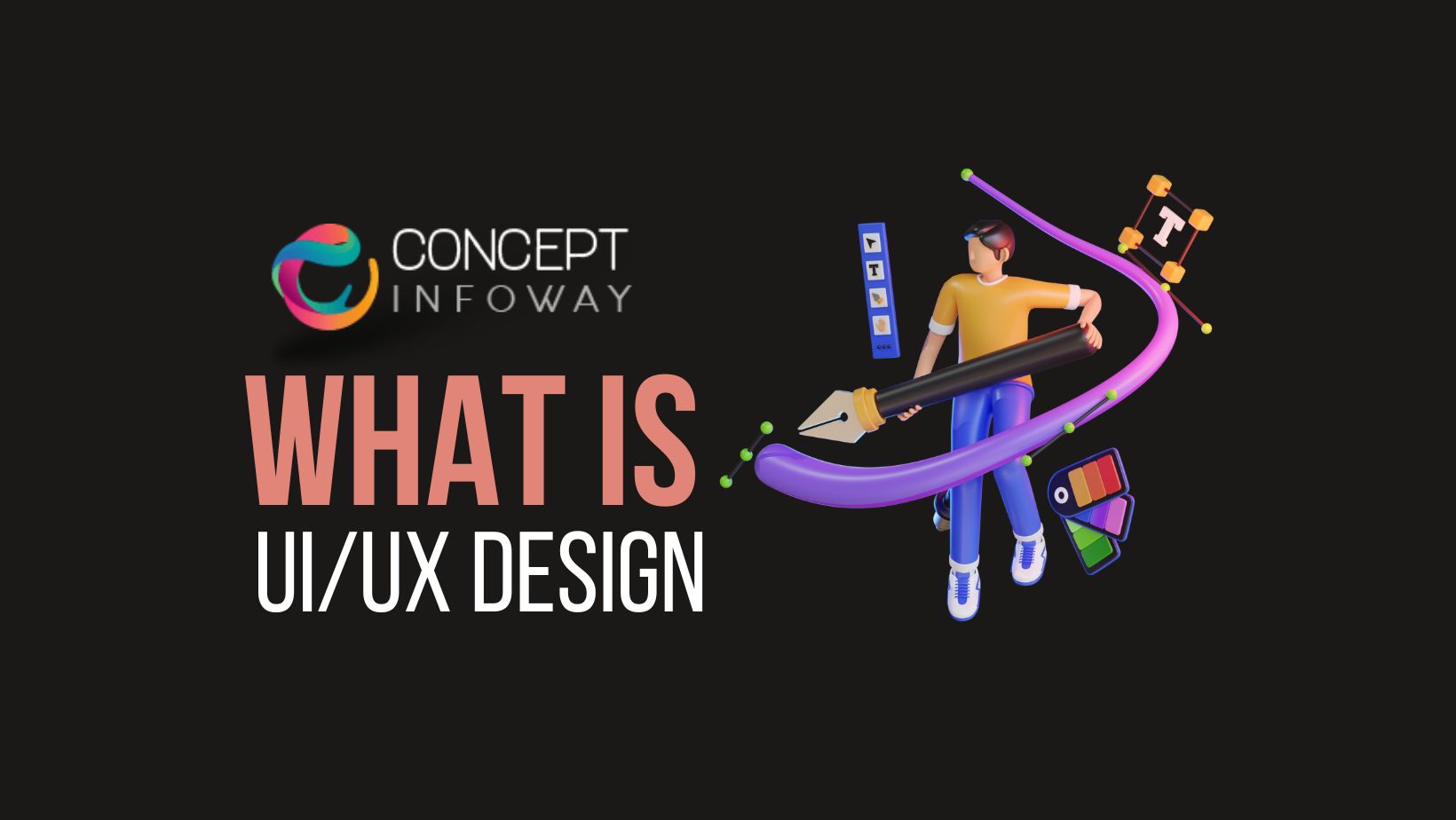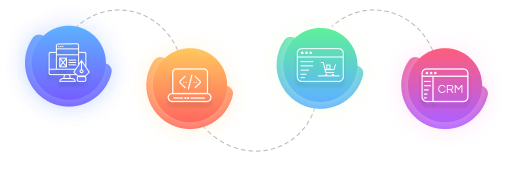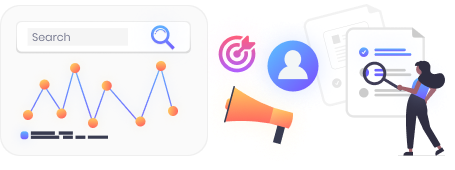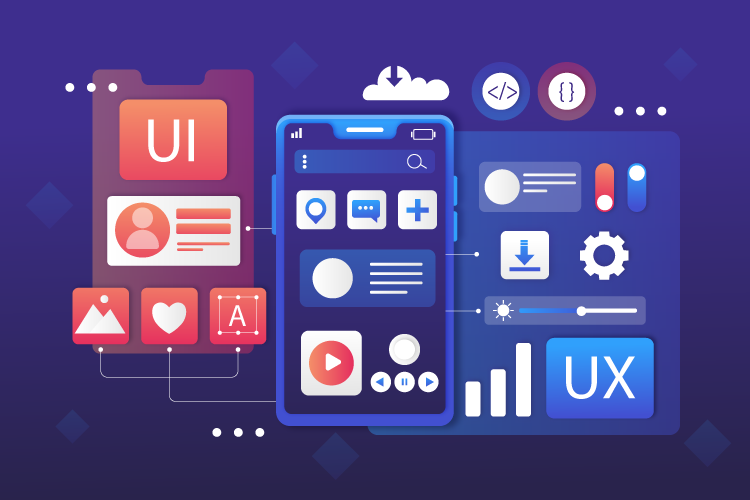
What is UI/UX Design: Crafting Engaging Digital Experiences with Concept Infoway
UI/UX design plays a vital role in creating captivating digital experiences that leave a lasting impression on users. It encompasses a wide range of disciplines and principles that aim to enhance user satisfaction and improve usability. In this article, we will explore the world of UI/UX design, what is UI/UX design, its importance in the digital landscape, and how Concept Infoway excels at crafting engaging digital experiences.
What is UI/UX Design?
In today’s digital age, users interact with numerous applications and websites. What is UI/UX design? It focuses on creating interfaces that are intuitive, visually appealing, and user-friendly. UI stands for User Interface, which involves the visual elements and layout, while UX stands for User Experience, which focuses on the overall experience and usability. Understanding what is UI/UX design helps in crafting designs that are not only aesthetically pleasing but also functional and user-centric.
Understanding the Role of UI/UX Design
UI/UX design goes beyond aesthetics. It aims to understand users’ needs, behaviors, and motivations to create interfaces that fulfill their expectations. By empathizing with users, designers can optimize the user journey and make it seamless, resulting in higher user satisfaction and engagement.
The Importance of Design in Digital Experiences
In the highly competitive digital landscape, where users have endless options, UI/UX design can be a key differentiator. A well-designed user interface can make a strong first impression, capture attention, and encourage users to explore further. Meanwhile, a positive user experience keeps users coming back and promotes loyalty.
Key Principles of UI/UX Design
To create exceptional digital experiences, UI/UX designers follow key principles:
- User Research and Empathy: UI/UX designers conduct thorough user research to gain insights into users’ goals, behaviors, and pain points. By understanding users’ needs, designers can empathize with their challenges and design solutions that address them effectively.
- Information Architecture and Wireframing: Information architecture involves organizing and structuring information to make it easily accessible. Wireframing helps designers create a visual blueprint of the interface, outlining its structure and functionalities.
- Visual Design and Branding: Visual design focuses on the aesthetics of the interface, incorporating colors, typography, imagery, and branding elements. It aims to create visually appealing and consistent experiences that align with the brand identity.
- Interaction Design and Prototyping: Interaction design determines how users interact with the interface. Prototyping allows designers to create interactive models, enabling them to test and refine the user experience before development.
- Usability Testing and User Feedback: Usability testing involves observing users interacting with the interface to identify usability issues. User feedback, gathered through surveys or interviews, provides valuable insights for further improvements.
Mobile Design
Mobile UI/UX design specializes in creating seamless experiences for mobile devices. As mobile usage continues to rise, designing interfaces optimized for smaller screens and touch interactions is crucial for success. This is a key aspect of understanding what is UI/UX design in the mobile context.
Web Design
Web UI/UX design focuses on creating engaging experiences for websites. It involves designing intuitive navigation, organizing content effectively, and ensuring optimal performance across different browsers and devices.
Design Trends
The field of UI/UX design constantly evolves, influenced by technology advancements and changing user expectations. Some current trends include micro interactions, dark mode, voice user interfaces (VUI), and augmented reality (AR) experiences. Staying updated on these trends is part of understanding what is UI/UX design today.
The Impact of UI/UX Design on Business
Investing in UI/UX design can yield significant benefits for businesses. A well-designed interface enhances user satisfaction, reduces bounce rates, increases conversion rates, and fosters customer loyalty. It can differentiate a brand from competitors and contribute to its overall success. Thus, grasping what is UI/UX design is fundamental for leveraging its impact on business outcomes.
Hiring a UI/UX Design Agency
Crafting exceptional digital experiences requires expertise and specialized skills. Hiring a UI/UX designer from a company like Concept Infoway can be advantageous. Their team of experienced designers can bring creativity, industry knowledge, and a user-centric approach to deliver outstanding results.
UI/UX design is the key to crafting engaging digital experiences. By prioritizing user needs, understanding the principles of UI/UX design, and staying updated on the latest trends, businesses can create interfaces that captivate users and drive success. Partnering with a reputable UI/UX designer from a company like Concept Infoway can unlock the full potential of digital experiences. To learn more about UI/UX design and how it can benefit your business website, feel free to contact us.
Frequently Asked Questions – FAQs
Which software is best for UI/UX design?
Popular tools include Figma, Adobe XD, Sketch, and InVision. These help in wireframing, prototyping, and interface design. If you’re wondering what is UI/UX design and how to bring it to life, Concept Infoway uses these industry-standard tools to create engaging, user-centric digital experiences for web and mobile platforms.
Does UI/UX need coding?
UI/UX design itself doesn’t require coding, but understanding HTML, CSS, or JavaScript can be helpful when collaborating with developers. At Concept Infoway, our UI/UX designers focus on visuals and experience, while our developers handle code, working together to ensure your digital product is intuitive and functional.
What is the meaning of UI and UX design?
UI (User Interface) is the look and feel of the app or website, while UX (User Experience) is how users interact with it. Together, they form the foundation of a digital product’s usability. Concept Infoway understands what UI/UX design is and delivers designs that are visually appealing, functional, and conversion-focused.
Is UI UX design high paying?
Yes, UI/UX design is a high-demand, well-paying field, especially for professionals skilled in creating seamless and user-focused digital products. Concept Infoway’s in-house team of UI/UX designers applies best practices to ensure our clients benefit from world-class design that enhances user engagement and brand credibility.
What are the basic principles of UI/UX?
Key principles include simplicity, consistency, accessibility, feedback, and user control. These ensure the product is easy to navigate and fulfills user expectations. Concept Infoway implements these principles to craft intuitive and high-performing digital experiences, emphasizing what is UI/UX design is at its core.
What is the primary goal of UI UX?
The main goal is to provide a seamless and satisfying user journey while meeting business objectives. Great UI/UX increases engagement, retention, and conversion. At Concept Infoway, we understand what is UI/UX design and how to align user needs with business goals for impactful digital experiences.
What is the most important thing in UI UX design?
The most important aspect is user-centric thinking, designing for usability, accessibility, and satisfaction. At Concept Infoway, we focus on UI/UX design from both a user and business perspective, delivering thoughtful, effective interfaces that drive engagement and business growth.

UI/UX Design: Elevating User Experiences in the Digital Age














